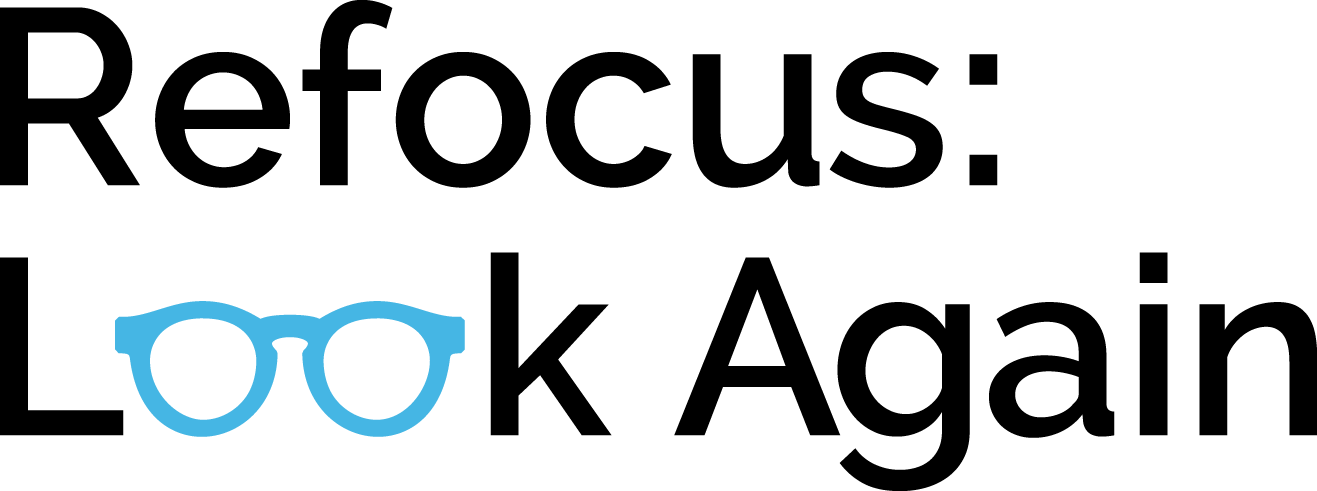The Huffington Post delves into the United States eugenics movement and how it targeted the so-called “mentally ill” or “mentally deficient” during the twentieth century. By forcibly sterilizing patients within psychiatric care the state sent the message that reproduction within this group was harmful and in need of control. The stigma of this movement remains today in the distorted perceptions of consumers of behavioral health and their parental abilities.
Mental health, human rights & legislation
Facing a global human rights emergency in mental health, the World Health Organization (WHO) has outlined strategies for effective change, utilizing the Convention of the Rights of Persons with Disabilities as a framework. While this article is written for a global perspective, it can be a key starting point for individuals or organizations drafting a strategy for fighting the impact of stigma on human rights.
Mental Health is a Human Right
This article explores the global crisis of human rights violations within mental health care and the interdependence of mental health and human rights. Across the globe, stigma and discrimination are identified as major barriers to accessing treatment, quality of treatment, and funding mental health. Click “read more” to access some of our favorite quotes, or click the title to access the full article from the American Psychological Association for more information on these issues and the APA’s proposed solutions.
Living Under the Stigma of an Invisible Illness
This Distorted Perceptions original article outlines one woman’s experience living with invisible physical and behavioral health conditions and it’s impact in the workplace, educational system, healthcare, and personal relationships. Check out the infographics for practical suggestions on combating stigma for loved ones, employers/ colleagues, educators, healthcare providers, and people experiencing invisible illness.
Mental Health Stigma Kept this Man in the Shadows
As an Iowa community discussed the construction of a new inpatient mental health hospital in 2018, Marty Parrish responded to their stigmatizing remarks by sharing his personal story with mental health and addiction issues and the importance of inpatient treatment for his recovery. "I was always afraid of being judged because of the stigma against people with mental health," he said in a recent interview. "But after that very hostile meeting in Clive, I had to tell my story. I had to talk."
Stigma Against Gay People Can Be Deadly
The Anti-Stigma Project defines Double Stigma as: how the stigma associated with race, religion, age, sexual orientation, etc. is compounded by an additional layer of stigma related to behavioral health challenges. This article from the New York Times illustrates how stigma associated with the LGBTQIA+ experience can affect behavioral health and access to behavioral health services, and the strong psycho-social impacts of removing that stigma. Click the title to access the full article from the New York Times.
Transgender and non-binary people face health care discrimination every day in the US
“Transgender and non-binary individuals have higher rates of depression and thoughts about suicide. They are also significantly more likely to attempt suicide. These increased rates are not due to being transgender, but from dealing with stigma, lack of acceptance and abuse.” Click the title to access the full article from Medical Express.
Mental Health: Culture, Race, and Ethnicity
How Schizophrenia Became a Black Disease: An Interview with Jonathan Metzl
“Before the 60s, Ionia doctors viewed schizophrenia as an illness that afflicted nonviolent, white, petty criminals, including the hospital's considerable population of women from rural Michigan… By the mid- to late-1960s, however, schizophrenia was a diagnosis disproportionately applied to the hospital's growing population of African American men from urban Detroit. Perhaps the most shocking evidence I uncovered was that hospital charts "diagnosed" these men in part because of their symptoms, but also because of their connections to the civil rights movement.” Click the title for the entire article by Psychology Today.

